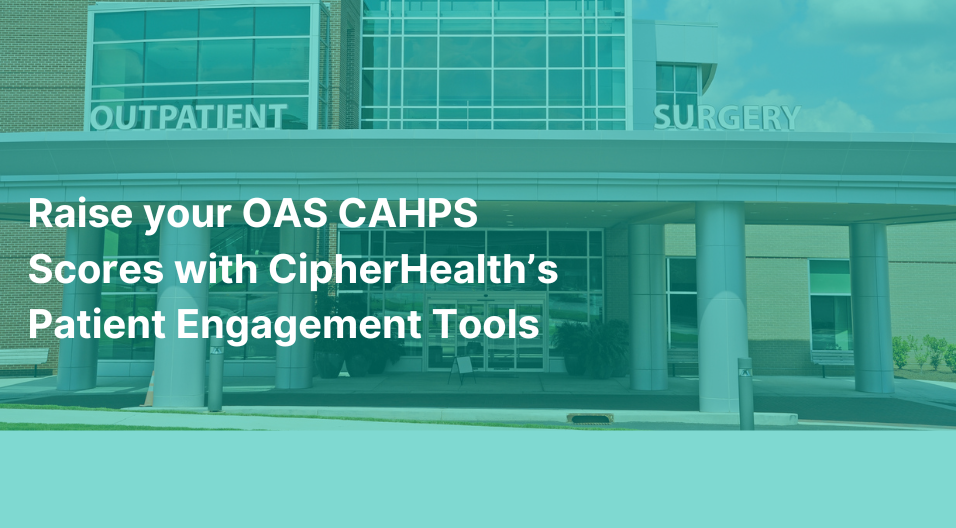Addressing Social Determinants of Health (SDOH) has increased as a priority in reducing overall healthcare costs and improving long-term patient outcomes. According to the Centers for Disease Control and Prevention, there are six principal domains of social determinants:
- Economic Instability: Poverty, employment, food security, housing stability
- Education: High School Graduation, Enrollment in Higher Education, Language and Literacy, Early Childhood Education and Development
- Social and Community Context: Social Cohesion, Civic Participation, Discrimination, Incarceration
- Health and Health Care: Access to Health Care, Access to Primary Care, Health Literacy
- Neighborhood and Built Environment: Access to Healthy Foods, Quality of Housing, Crime and Violence, Environmental Conditions
- Food: Access to healthy food and proper diet options
When it comes to how healthcare providers and managed care organizations can help to alleviate the impact of social determinants, there are community resources that can help. However, the question is, “If you build it, will they come?”
Convenience is Key to Activating and Engaging Communities
The social services designed to address the six principal domains need to be as convenient as an automatic Zelle bank transfer in your checking account to pay for childcare while working and visiting healthcare providers to prevent health issues. To support social determinants of health, social services need to be accessible and convenient.
When it’s too difficult to enroll in Medicaid, understand benefits, get Section 8 housing or find a job, community members will be significantly less able and willing to partake in these benefits. We have all witnessed expensive ER visits for simple non-emergent care for many reasons; however, if access to non-emergent care is more convenient than going to the emergency room, we will inevitably see a decrease in those trying to get into the ER.
Convenience is more than just location. It is about offering alternative hours for an individual who works two jobs and can’t visit a primary care doctor from 9am-5pm. It is also about ensuring that the total cost of physician visits are lower than waiting until the condition worsens and warrants emergency care. This goes beyond just the appointment cost, but also includes transportation, parking, or other costs that create the total bill for the individual.
Innovators and realists are addressing these social issues from the clinical, community based and tech worlds rather than waiting for the public sector to make the connections.
This means looking beyond encouraging individuals to practice good healthcare and looking at the other reasons a person might visit the ER. For example, are individuals looking to the ER because a hospital bed is the only “free” bed in town?
How Medicaid Expansion Helps Address Social Determinants
Research done by the Robert Wood Johnson Foundation and others shows that insuring as many people as possible (increased coverage) ensures more appropriate access to quality care, better health outcomes and reduced total cost of care. With Medicaid expansion, the budget goes up; however, this increase should be seen as an investment in improving the overall health of our communities. The investment to engage more uninsured in their health allows for the proactive teaching of how individuals can best utilize the system and the resources available to them.
Value-based care through incentives such as 1115 Waivers that enable the Delivery System Reform Incentive Program (DSRIP), support programs for managed care organizations and providers. These incentives add valuable services to improve lifestyle and empower individuals to focus on their health. For example, the New York State (NYS) Medicaid transformation program DSRIP offers incentives to those it contracts with to include 1-2 SDOH for higher payments. These value-based and risk models promote innovation and a trend towards SDOH wrap-around services that help individuals and the community-based organizations that serve them.
Putting Investment Dollars to Use in Improving Overall Health
When providers, payers, and individuals can all align on creating convenient and accessible programs that address not just the health of an individual, but also the six principal domains of social determinants, it is likely that we will see a positive change in patient outcomes as well as the overall cost of care.
By investing in programs like Medicaid expansion and encouraging value-based incentives that also address SDOH, community-based resources and programs can be of more use and drive better outcomes for those they serve.
For more information on how CipherHealth is helping payers and providers address SDOH, contact us today.







